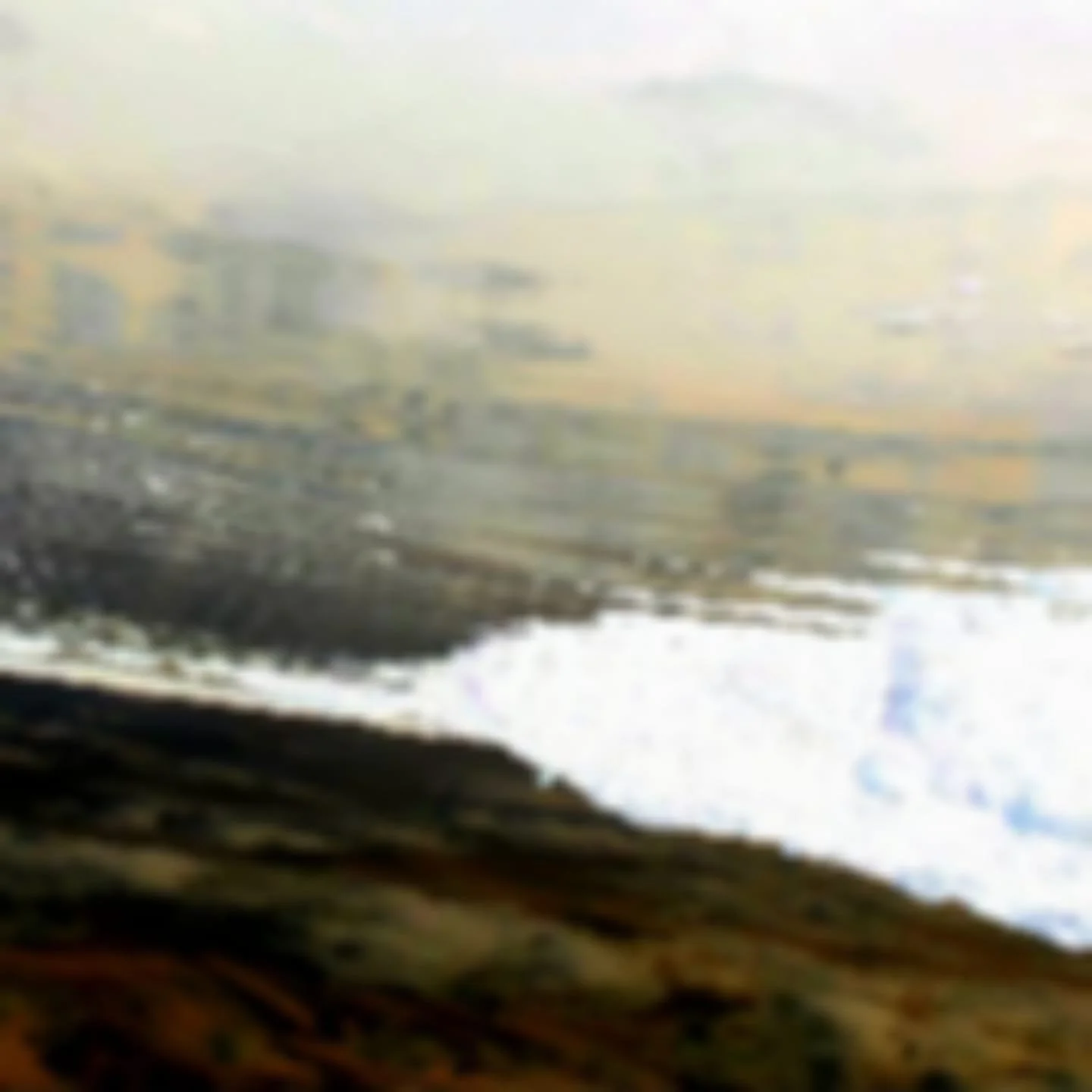
Black Crystals
Entitled ‘Black Crystals’, this composition to reflects a technical and compositional influence from the subgenres drone, lowercase and microsound, whilst using a found object to create all music.
In order to use all of these in a smooth and organic way, I opted to using simply the idea of using a found object as initial material to use and the manipulation and fragmentation of audio with Ableton's incredible device granulator (microsound) to alter the sounds. Structurally, this piece was created with a heavy influence from the patience and gradualness of drone music, and some inspiration from lowercase for the focus on the quieter and more focused details of the piece.
The found object I used was a coin jar, which I recorded jangling the coins, and opening the lid to different extents to get a filtered effect. While the piece worked out well in the end, looking back I would have recorded the jar for longer, taking some coins out and experimenting with the lid as well to get a wider sound palate.
However, when placed in granulator, I recorded twice with different aims, the first achieving almost tonal sounds by having a very low ‘spray’ setting, the second achieving sounds more resemblant of microsound, these two recordings around 10 minutes each were enough to provide a varied sound palate.
My drone-like writing was heavily influenced by Eliane Radigue, with her compositions lasting 2 to 3 hours and the elements of the pieces changing extremely slowly over time, to allow space for the highly observant listener to let the sounds envelope them.
When composing a 5-minute maximum composition in the style of drone music, I knew that I was going to have to quicken the rate of change with my piece, as it would have resembled only a fragment of something someone like Radigue would have composed.
I wanted to set myself the challenge of using no audio effects on any of the tracks, as I have felt in the past that using them have often hindered my compositional process as I focused more on the effect of the sound than the distinct quality of the sound itself.
Therefore, I made heavy use of Ableton’s powerful sample warping tools, as I stretched the clips out to lengthen their changes in timbre from when I was recording with granulator beforehand.
I felt this drone section possessed the correct amount of patience when bringing in new qualities and elements. I am pleased with the field of sounds I created here, with the pulsating, low and massaging opening.
I used the texture and beats functions to create new and crisply detailed artefacts when stretching the clips out, which I felt gave small enough details in the final two minutes of the piece so that if listened at a very low level, this section could be perceived as a lowercase composition.
A specific sonic quality that I felt conveyed this was the separation of the high and low to low mid frequencies, as the sounds here rarely passed a certain volume level due to their lack of middle range frequency, the range that is most audible to our hearing.
The very high glitch sound introduced at 2:55 was taken from a section of the microsound-like recording made with granulator. I then time stretched this, pitched it up and warped on beats mode, resulting in a glitch-like pastiche of microsound.